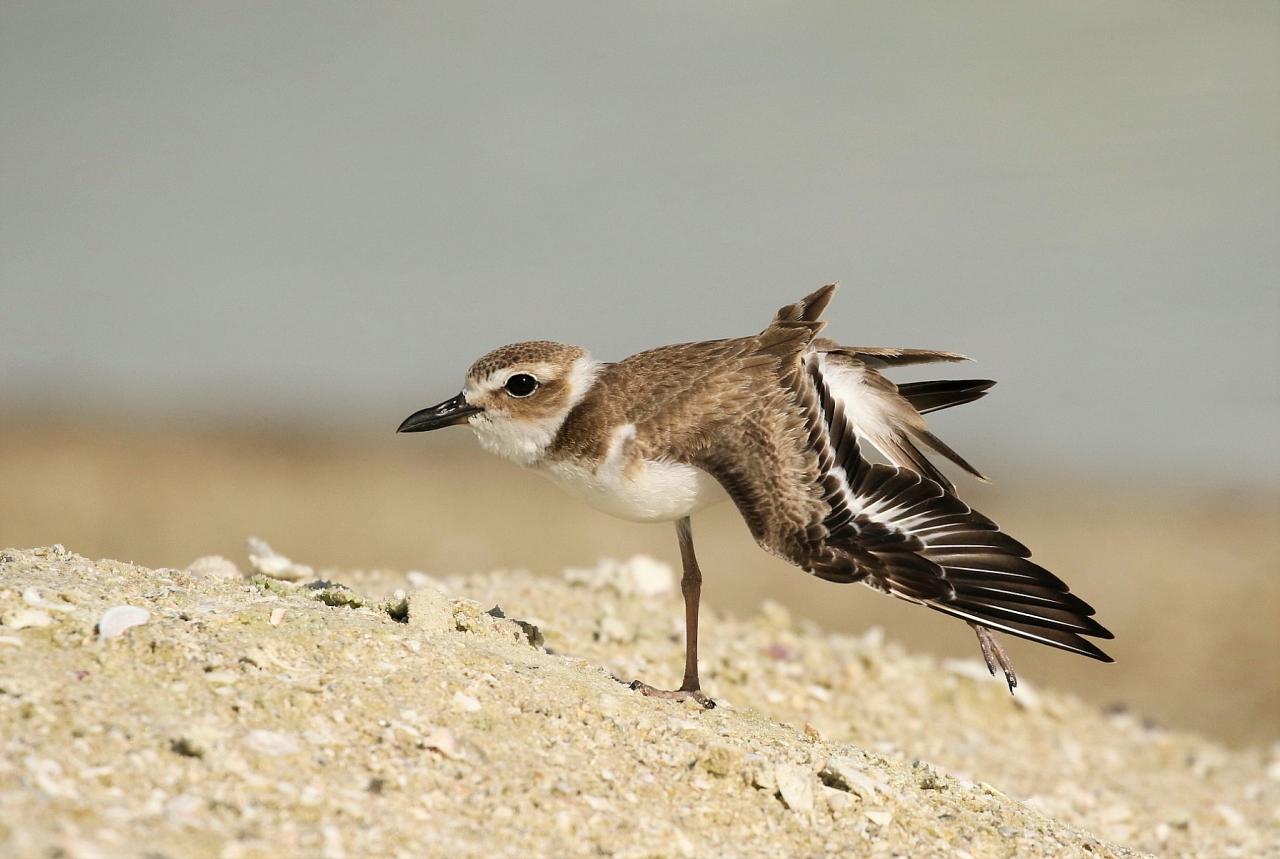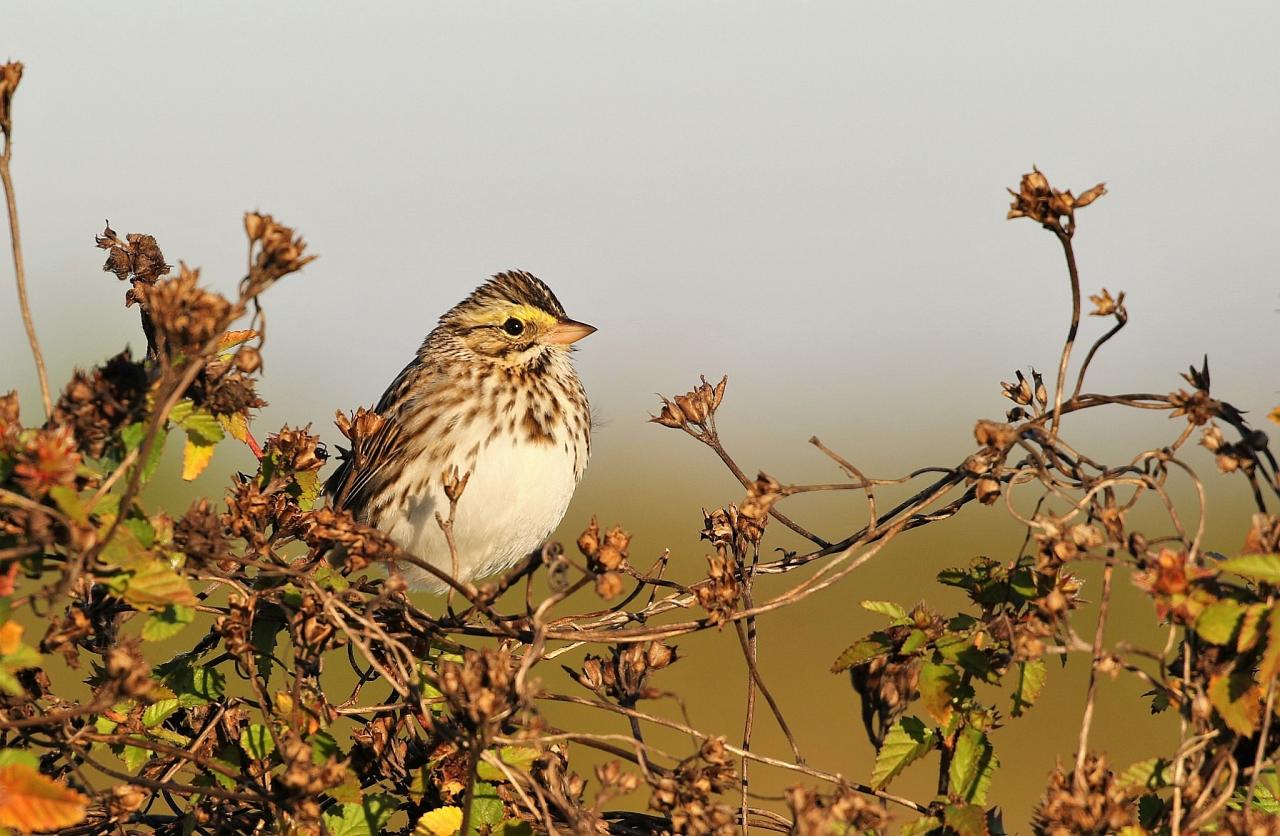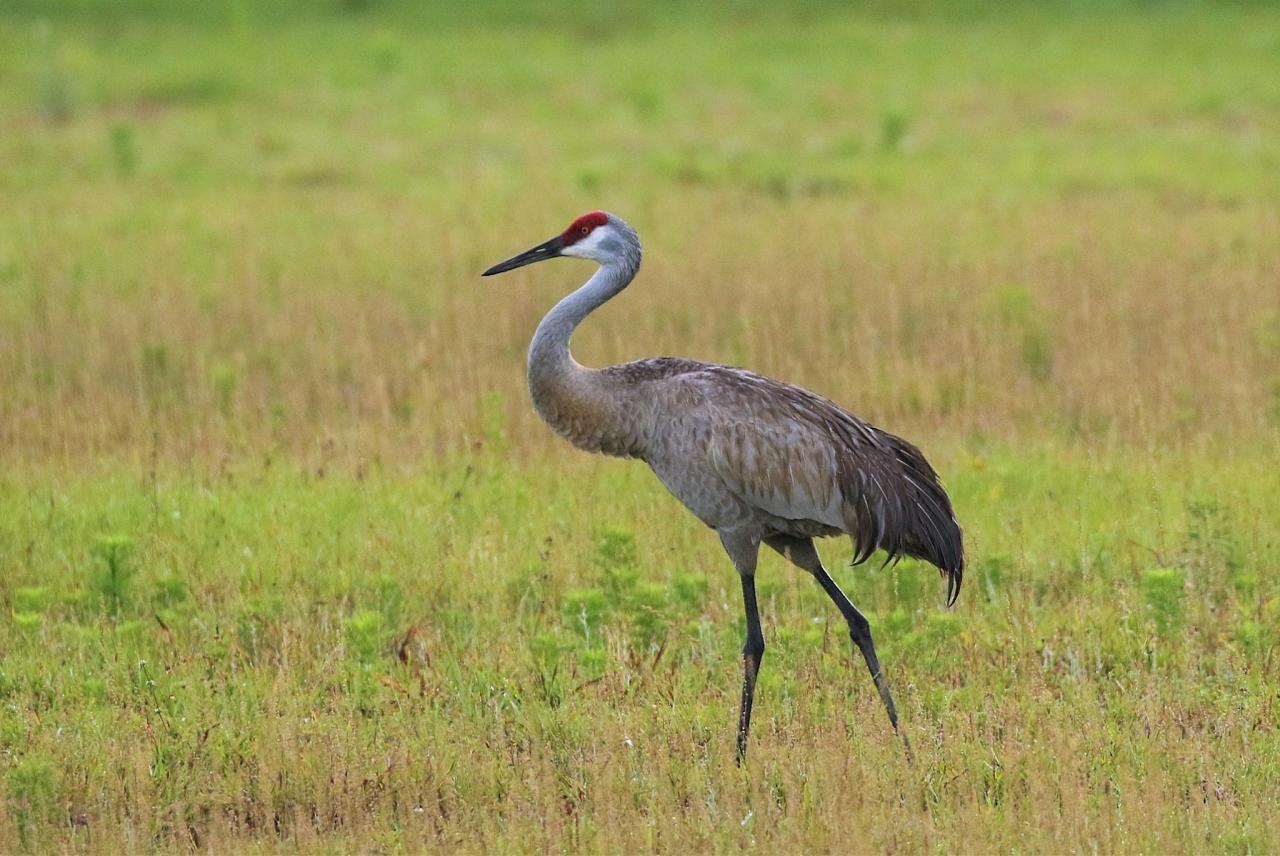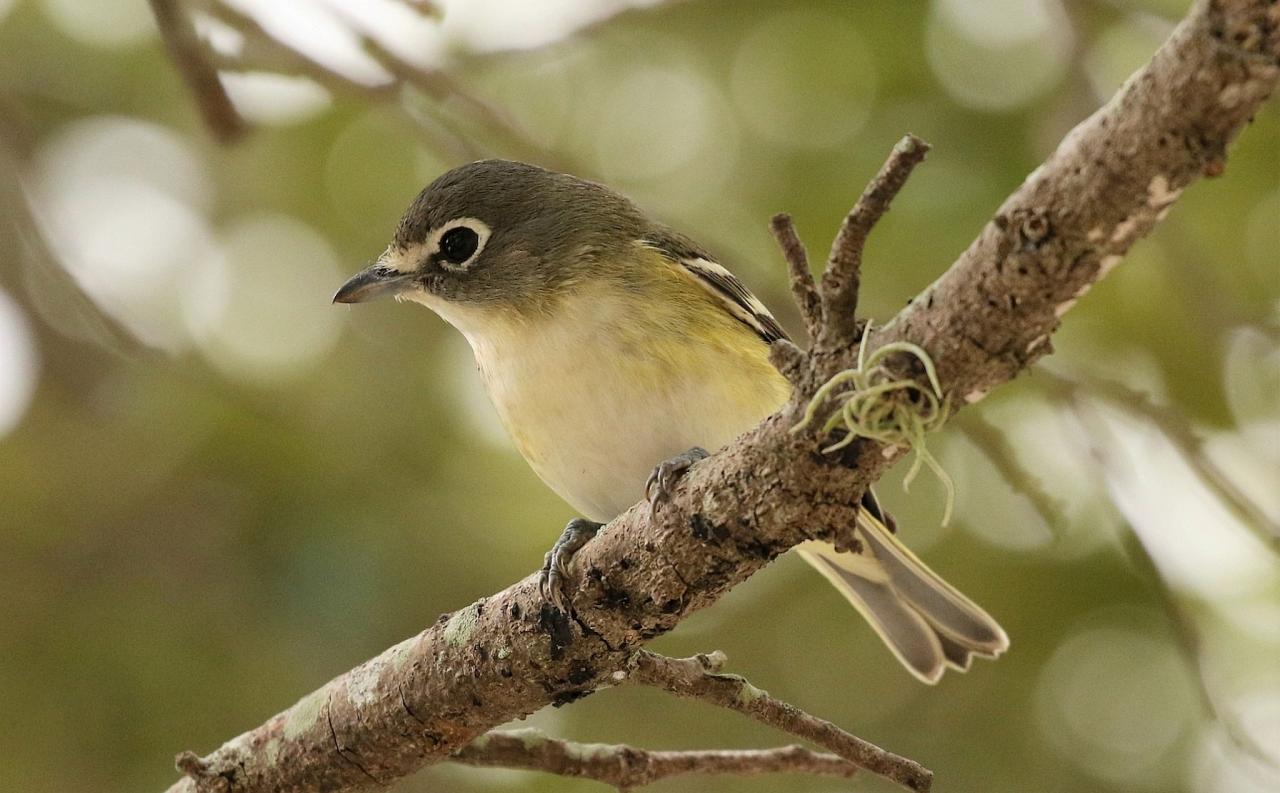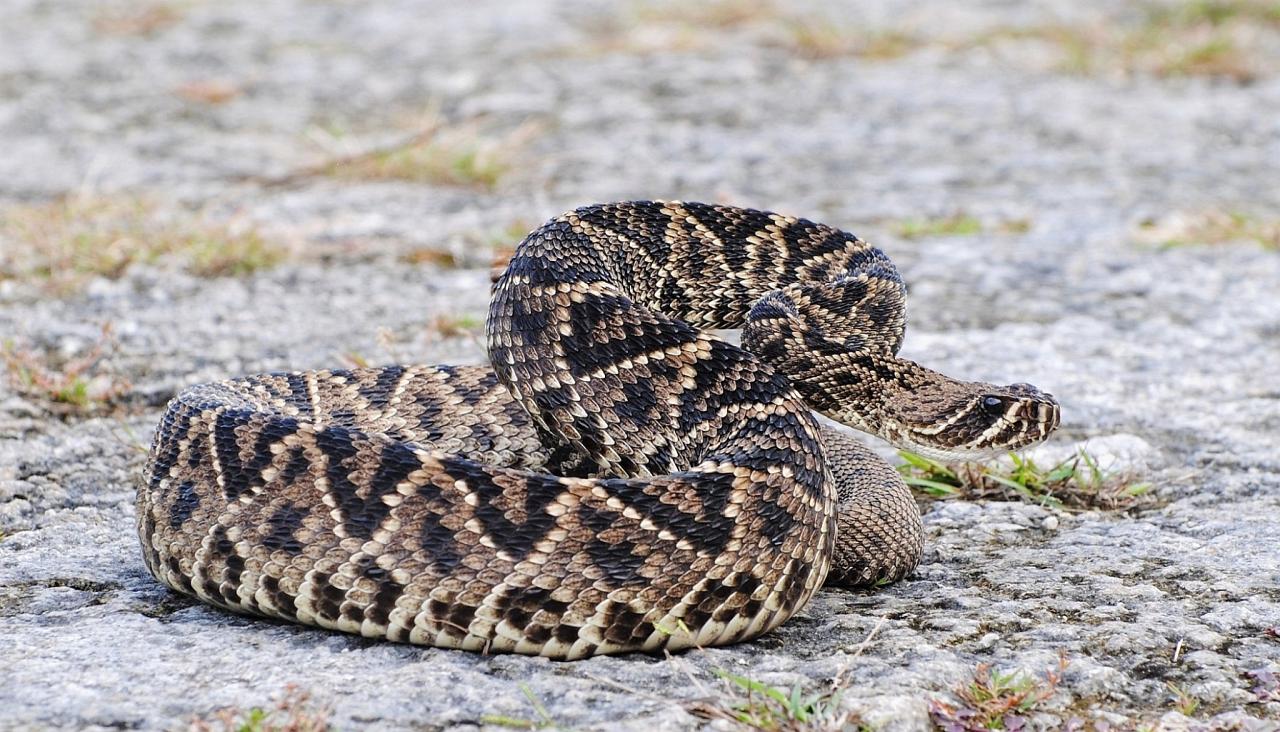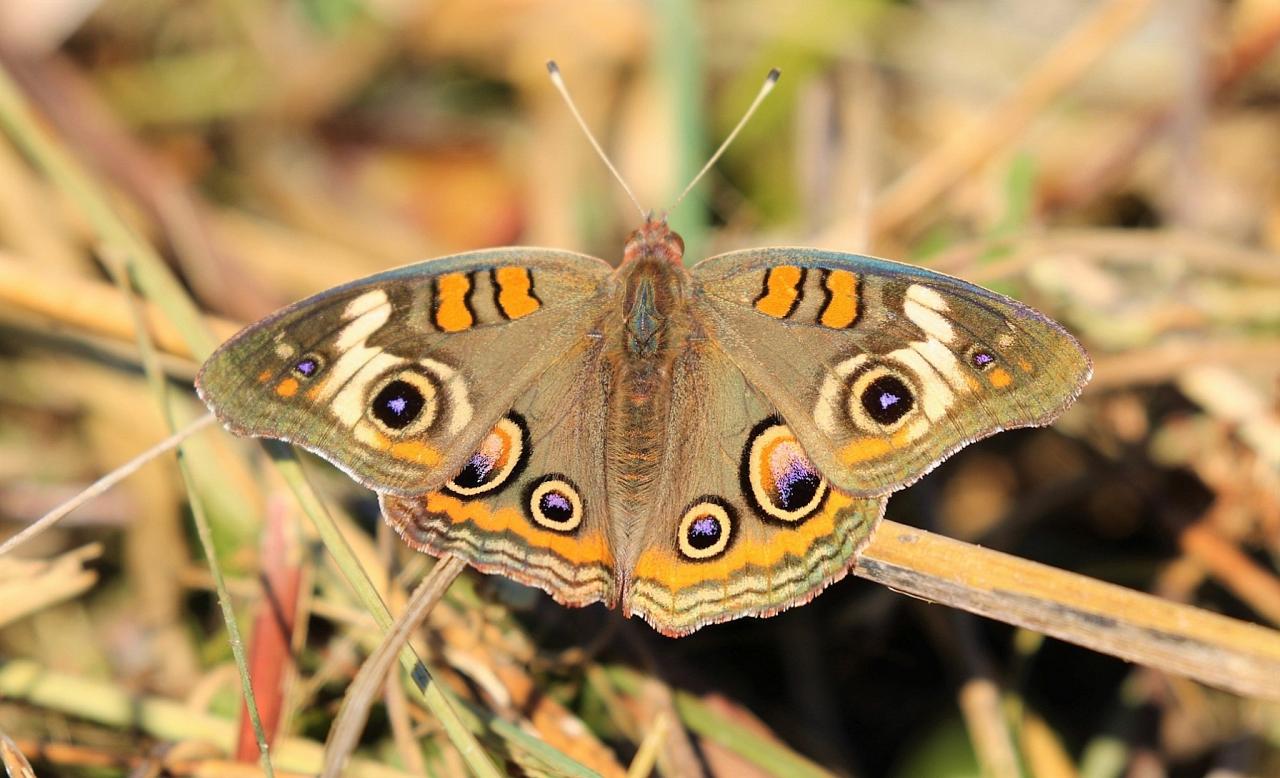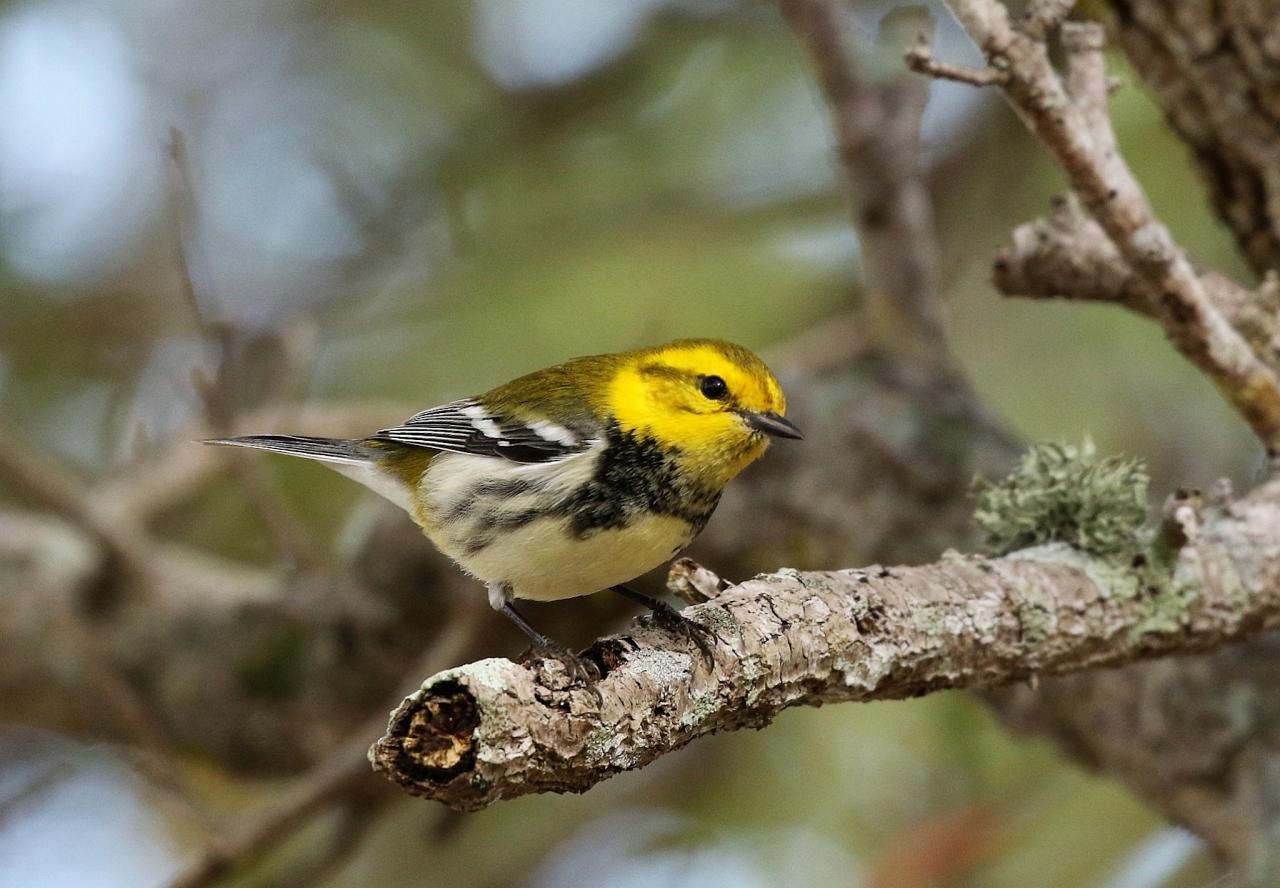- Overview
- Full Itinerary
- Photo Gallery
- Costing
- Travel Details
- Trip Reports
- Guide
- Map
- Know Before You Go
Find yourself far away from Florida’s bustling, tourist-packed theme parks on a Naturalist Journeys’ adventure that takes you deep into Florida’s wild side.
South Florida is deservedly one of the classic birding destinations of the United States. Just barely above the Caribbean tropics, South Florida’s climate and geography isolate it from the rest of the country. Because of its geographically unique position, Florida is a crossroads between the temperate north and the sultry Caribbean south. Indeed, about a dozen bird species of West Indian origin reach the northern limits of their range here; many of these West Indian species live nowhere else in the United States. Winter is an especially wonderful season to visit. Unlike the rest of the country, the southern tip of Florida is warm and frost-free due to its proximity to the Gulf Stream. As a result, the southeast corner of the Sunshine state is home to an incredible assortment of vireos, flycatchers, raptors, shorebirds, and warblers–up to twenty-five warbler species in a winter season–in addition to all the wonderful herons, storks, spoonbills, and other waterbirds. Indeed, the excellence of winter birding in South Florida is one of North America’s secrets; winter is the time when the region’s avian diversity peaks.
On this tour, we cover the southern third of the state in search of the many specialty and wintering birds on offer. We begin by exploring the justifiably famous and unique Everglades National Park, otherwise known as the River of Grass, in search of Short-tailed Hawk, Roseate Spoonbill, West Indian Manatee, American Crocodile, and more. A scheduled boat trip out onto Florida Bay allows us to experience a rich bounty of wintering shorebirds, herons, eagles, and perhaps even American Flamingo. We also spend time birding in Miami, a city with a decidedly Caribbean flair, in search of colorful exotics such as Spot-breasted Oriole, White-winged Parakeet, and Red-whiskered Bulbul, as well as native species like White-crowned Pigeon, Burrowing Owl, and a score of warblers. On the last leg of the main tour, we visit a series of well-planned wetlands in Palm Beach, where nearly all the Florida wetland specialties occur: Wood Stork, Purple Gallinule, Limpkin, and so much more. We also visit oak-scrub for Florida’s only endemic bird, the Florida Scrub-Jay.




Tour Highlights
- Explore the Miami-Ft. Lauderdale metro area for exotics from around the world, including Spot-breasted Oriole, Red-whiskered Bulbul, and White-winged Parakeet, among lush, tropical gardens and landscaping
- Discover subtropical sawgrass prairies, cypress domes, tropical hardwood hammocks, pinelands, and mangrove swamps of Everglades National Park
- Bird Florida Bay from the Flamingo Visitor Center in Everglades National Park to observe large concentrations of wintering shorebirds, waders, raptors, and maybe even American Flamingo
- Enjoy tropical bird species that occur nowhere else in the USA: Mangrove Cuckoo, Short-tailed Hawk, White-crowned Pigeon, and more
- Visit the unique Florida pineland ecosystem as we seek Brown-headed Nuthatch, Pine Warbler, and endemic wildflowers
- Wonder at the bustling heron and stork rookeries of Green Cay and Wakodahatchee Wetlands, where these birds display and nest at close range – yes, even in January!
- Spot Florida’s only endemic bird, the charismatic Florida Scrub-Jay, in its native oak-scrub habitat

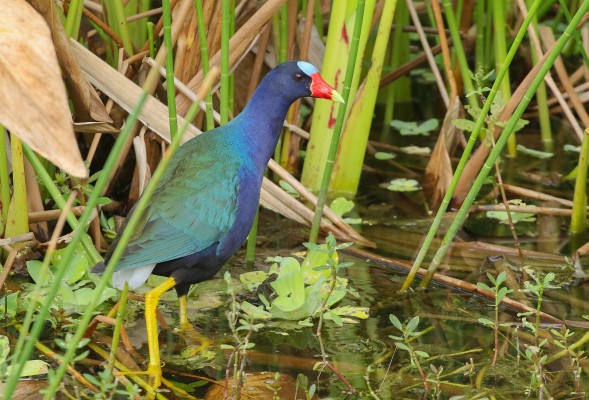
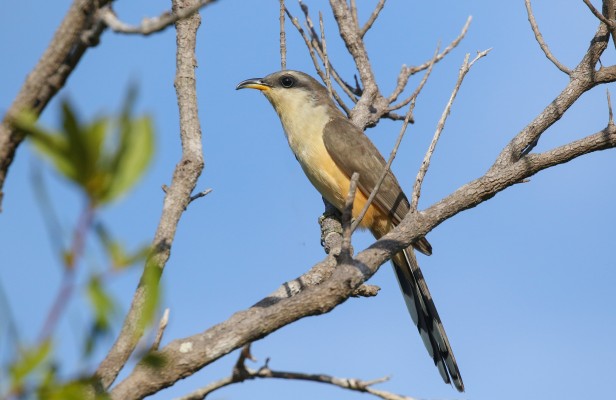
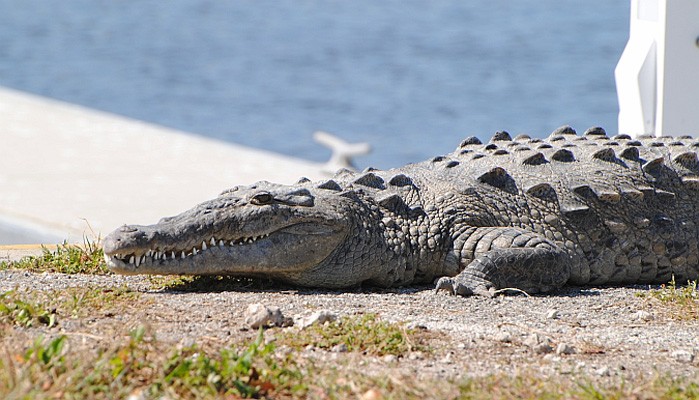
Trip Itinerary
Itineraries are guidelines; variations in itinerary may occur to account for weather, road conditions, closures, etc. and to maximize your experience.

Fri., Feb. 19: Arrivals
You arrive today at Miami International Airport. Once the group has gathered, we enjoy a welcome dinner with an orientation before we depart on our birding adventure in the morning.
Accommodations south of Miami at Kendall (D)

Sat., Feb. 20: Everglades National Park
Published in 1947, Marjory Stoneman Douglas’ The Everglades: River of Grass highlighted the uniqueness of the Everglades. Lying at the southern tip of the state, the Everglades is a vast subtropical sawgrass prairie broken only by cypress domes, tropical hardwood hammocks, pinelands, and mangrove swamps. There is nowhere else in the United States with such a decidedly tropical suite of habitats.
Throughout the day we work along the length of the main park road that terminates in Flamingo, exploring
these various habitats for several birds difficult to see anywhere else in the country such as Short-tailed Hawk and Wood Stork, along with a strong supporting cast of various wintering songbirds such as Black-throated Blue, Pine, Black-throated Green, Prairie, and Magnolia Warbler. American Crocodile and West Indian Manatee are possible at the marina in Flamingo. The highlight of the day will be a scheduled boat trip out onto Florida Bay, where we will be able to access extensive mudflats that host hundreds of waterbirds and raptors: Bald Eagle, Osprey, Roseate Spoonbill, Great ‘White’ Heron, Reddish Egret, Willet, Marbled Godwit, Whimbrel, Wilson’s Plover, Black Skimmer, and so many more. If we are lucky, we might even see American Flamingo!
Accommodations south of Miami at Kendall (B,L,D)

Sun., Feb. 21: Miami Metro Area
The nearly tropical climate and exotic vegetation of the Miami-Ft. Lauderdale metropolitan area offers a unique landscape of opportunity for a myriad of introduced bird species from all over the world. We spend the morning in Miami exploring this urban landscape in search of exotics such as Spot-breasted Oriole, White-winged Parakeet, Red-whiskered Bulbul, and Common Myna. However, introduced species are only a small fraction of the avifauna of Miami, a county which claims one of the longest bird lists east of the Mississippi River. The parks and preserves peppered throughout the city provide habitat for a wide array of both resident and wintering species that include White-crowned Pigeon, Piping Plover, Burrowing Owl, Ruby-throated Hummingbird, Summer Tanager, Bronzed Cowbird, Loggerhead Shrike, and so many more.
Accommodations south of Miami at Kendall (B,L,D)

Mon., Feb. 22: Tamiami Trail | Green Cay | Wakodahatchee Wetlands
This morning, we travel along the road that skirts the northern edge of Everglades National Park—Tamiami Trail. Open sawgrass prairie north of the road regularly holds small numbers of Snail Kite, and we make several stops along the way to get good views of one. As we continue westward, the habitat quickly changes over to bald cypress forest. The trees are covered in a wide variety of bromeliads, orchids, and other epiphytic plants, making for a very picturesque and lush scene.
After a delicious lunch in Miami, we head north to Green Cay and Wakodahatchee Wetlands, two artificially created wetlands that host nearly all of Florida’s wetland specialties: Black-bellied Whistling-Duck, Least Bittern, Limpkin, Gray-headed Swamphen, and Purple Gallinule. The rookeries at Wakodahatchee Wetlands should be very active at this time of year, providing excellent photo opportunities of nesting Double-crested Cormorant, Anhinga, Wood Stork, Great Blue Heron, Great Egret, and others.
Accommodations at the Hampton Inn, Juno Beach (B,L,D)

Tues., Feb. 23: Jonathan Dickinson State Park | Palm Beach
After an early breakfast, we drive to Jonathan Dickinson State Park. The pine flatwood and oak-scrub communities in this lovely park are more typical of Central Florida. As a result, several species reach the southern limit of their distribution here, such as Bachman’s Sparrow and the endemic Florida Scrub-Jay. Other species we should encounter as we explore this part of Florida include Wood Duck, Bald Eagle, Pileated Woodpecker, and Sandhill Crane. We will also be able to see Hobe Mountain, which is the highest natural point south of Lake Okeechobee at 86 feet above sea level!
Later in the day, we visit a couple of sites to the south in Palm Beach County for some additional birding: Peaceful Waters Sanctuary, Okeeheelee Park, and Loxahatchee National Wildlife Refuge all offer a slightly different mix of species depending on habitat and prevailing water levels. Along with large numbers of herons, egrets, and other large waders, we have more chances to see American Bittern, Roseate Spoonbill, Snail Kite, King Rail, Hooded Merganser, and more.
Accommodations at the Hampton Inn, Juno Beach (B,L,D)
Wed., Feb. 24: Departures
After some morning birding at a coastal site or two as we make our way back south, the main tour ends at Miami International Airport. Please schedule departing flights around noon or later. (B)
Cost of the Journey
Cost of the main journey is $1995 DBL / $2395 SGL based on double occupancy, from Miami, FL (MIA).
This cost includes: accommodations for five nights, most meals as specified in the itinerary (B=breakfast, L=lunch, D=dinner), airport welcome and transfer or hotel shuttle, land transportation during the journey, professional guide services, park and other entrance fees, and miscellaneous program expenses.
Cost does not include: round-trip airfare to and from Miami, items of a personal nature such as laundry, telephone, drinks from the bar, and gratuities for luggage handling or personal services. With fewer than 6 participants, a small-group surcharge (typically $100 – $300 per participant) may apply, or we may request that you pick up the cost of a few additional dinners in lieu of this surcharge.
Travel Details
Please plan to make air travel plans only after the minimum group size has been met. We will send you a confirmation email as soon as the trip has been confirmed.
The arrival airport for this tour is Miami International Airport (MIA) in Miami, FL. Please plan to arrive in Miami no later than 3:00 PM on February 19. Plan on departures after noon on February 24.
Browse below for trip reports and species lists from past versions of this and other tours from this destination.
Florida & Keys
- April 2012
- April 2013
- April 2015
- April 2019
- April 2021
- November 2023 (Photography Workshop)
-
Carlos Sanchez

Beloved by clients and fellow birders alike, guide Carlos Sanchez brings extensive experience leading tours across Central and South America—as well as Spain and Thailand—for Naturalist Journeys. Before joining our team, he served as a resident guide in both Brazil and Ecuador. A Miami native now based in Northern Virginia, Carlos is deeply involved in the birding community. He leads the notable Homestead, FL, Christmas Bird Count, actively participates in the Tropical Audubon Society, and contributes to the popular blog 10,000 Birds.
Other trips with Carlos Sanchez
-
 Spain: Birding & Nature CLOSED - See our fall departure!April 18 - May 1, 2025
Spain: Birding & Nature CLOSED - See our fall departure!April 18 - May 1, 2025 -
 Southeast Arizona FULL - Check out Monsoon Madness in August!May 6 - 15, 2025
Southeast Arizona FULL - Check out Monsoon Madness in August!May 6 - 15, 2025 -
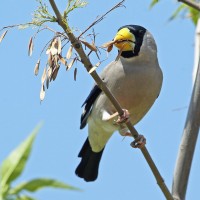 Japan in Spring: From the Ryukyu Islands to Hokkaido A private tour for friends of Carlos Sanchez.May 29 - June 12, 2025
Japan in Spring: From the Ryukyu Islands to Hokkaido A private tour for friends of Carlos Sanchez.May 29 - June 12, 2025 -
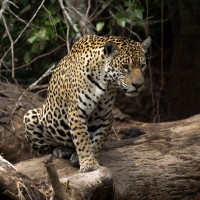 Brazil’s Pantanal: Jaguars! And More… Only two spaces left!July 3 - 13, 2025, w/Amazônia extension
Brazil’s Pantanal: Jaguars! And More… Only two spaces left!July 3 - 13, 2025, w/Amazônia extension -
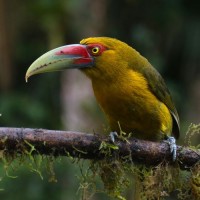 Jewels of Brazil's Atlantic Forest Only one space left!September 19 - 30, 2025
Jewels of Brazil's Atlantic Forest Only one space left!September 19 - 30, 2025 -
 Scottish Highlands & Isle of SkyeOctober 4 - 16, 2025
Scottish Highlands & Isle of SkyeOctober 4 - 16, 2025
-
Essential Information +
Photo credits: Banner: Roseate Spoonbills by Carlos Sanchez; Black Skimmers by Carlos Sanchez; Florida Scrub Jay by Carlos Sanchez; Bachman's Sparrow, Naturalist Journeys Stock; Prairie Warbler by Carlos Sanchez; Everglades National Park, Naturalist Journeys Stock; Swallow-tailed Kite, Carlos Sanchez; Reddish Egret, Carlos Sanchez; White-winged Parakeets by Carlos Sanchez; Purple Gallinule, Carlos Sanchez; Mangrove Cuckoo by Carlos Sanchez; American Crocodile by Carlos Sanchez; Anhinga by Greg Smith; Zebra Longwing by Carlos Sanchez; Black-and-white Warbler by Carlos Sanchez; Burrowing Owls by Carlos Sanchez; Painted Bunting, Carlos Sanchez; Florida Scrub-Jay by Carlos Sanchez; Wilson's Plover by Carlos Sanchez; Savannah Sparrow by Carlos Sanchez; Sandhill Crane by Carlos Sanchez; Blue-headed Vireo by Carlos Sanchez; Eastern Diamondback Rattlesnake by Carlos Sanchez; Common Buckeye by Carlos Sanchez; Black-throated Green Warbler by Carlos Sanchez.






